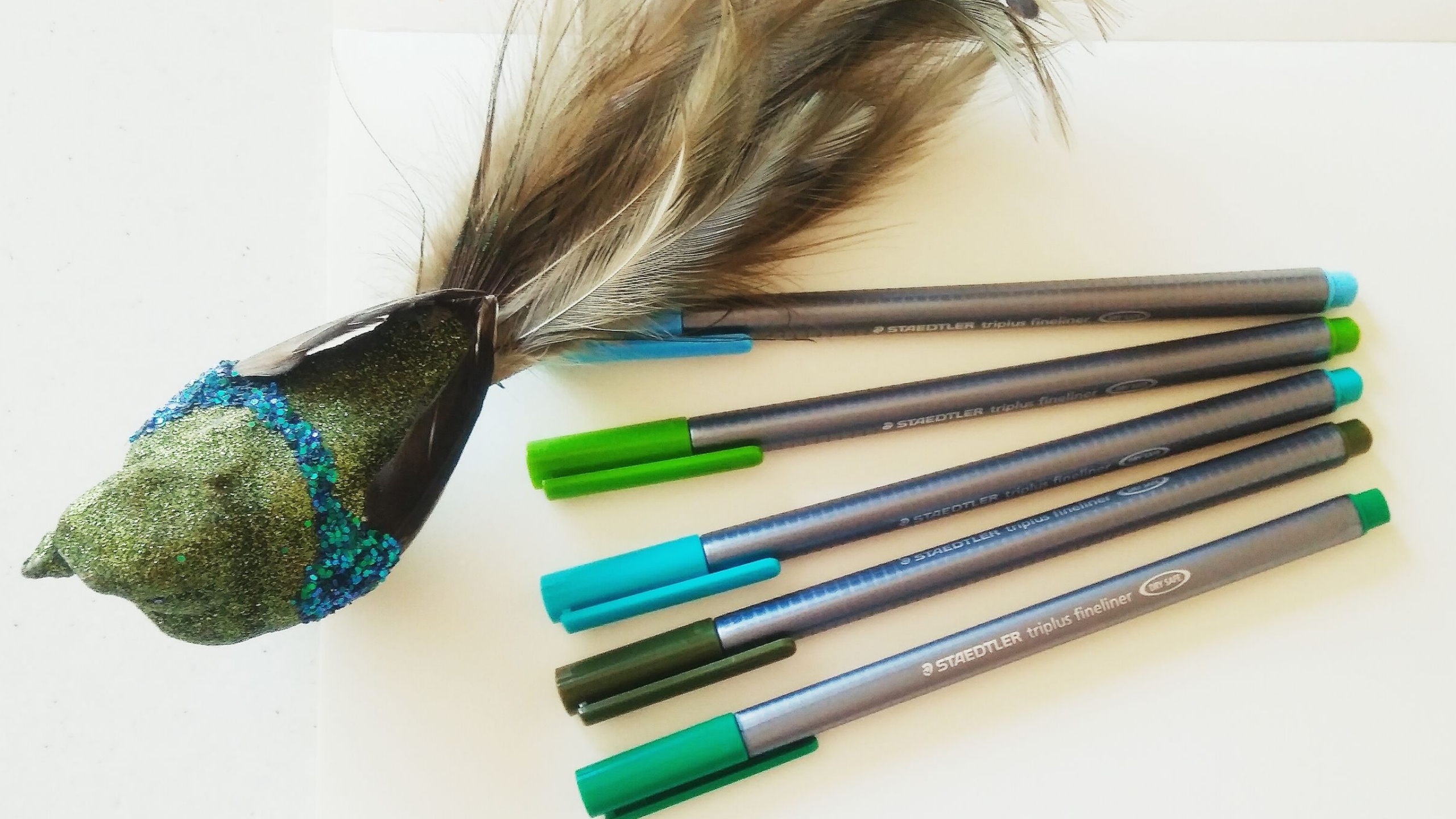Several learning styles determine how we remember and perceive information. Particularly, they include auditory, verbal, interpersonal, or the one based on searching for logical connections, etc. However, research studies indicate that more than 60 percent of people over the globe are visual learners (Jawed et al., 2019). Such prevailing part of the population explains the effectiveness of visual notes to record and learn information. In other words, these represent a combination of visual elements and text content, referred to as sketchnotes. So learn how to create and use this technique in content writing, academic writing, and for productivity at work. Find sketchnotes examples below.

Your message has been sent
Get Started: Sketchnoting Basics

Sketchnotes are based on a combination of the following elements:
- Layout,
- Graphic elements (dots, shapes, etc.),
- Simple drawings,
- Handwritten text and content,
- Quotes,
- Text emphasis (bold, shadow, etc.),
- Underlining,
- Color scheme,
- Numbers,
- Icons,
- Containers (boxes, banners with borders, speech and thought bubbles, clouds, etc.),
- Hero and cartoon characters,
- Figures,
- Linking elements (arrows, lines, etc.),
- Questions for topics,
- Important ideas rather than details,
- Connections between ideas, processes, and circumstances or the hierarchical structure.

Particularly, the use of questions is effective to directly address you as the main reader (Fernandez-Fontecha et al., 2019). It points to the main difference between sketchnotes and infographics. While the first target the person who has created these, the second may be made for a group.
Furthermore, to draw attention to the most important parts of a sketchnote, use emphasis in sentences and underlining.
However, if you have forgotten to include important sketches and notes and no space is left, draw them where possible and just add asterisc (*). You can also use an arrow for this purpose.
Choose layout depending on the purpose for which you want to create sketchnotes:
- Free,
- Radiant (for brainstorming and creating concept maps),
- Linear (for recording events, like in comics),
- Grid (for outlining stories).
Furthermore, sketchotes can be in the form of conent maps (visual outline) to record meetings or talks, using lines, arrows, and symbols.
Use descriptive or short phrases, words with labels or terms for things drawn, and sentence parts instead of complete sentences.
Why to Use Sketchnotes
Sketchnotes are more engaging than simple classic notes or the Cornell note-taking method. Moreover, they are eye-catching and require more concentration to capture ideas. Thus, they are more effective, leading to better memory retention.
Finally, they facilitate the comprehension of complex concepts and scientific phenomena through visual thinking and brainstorming.
Use sketchnotes to record the following:
- The main ideas of a meeting,
- Travel or personal journal,
- Read books or movies,
- Business strategy or goals,
- Work plan,
- Day schedule,
- Materials to study,
- Annual goals,
- Things to do or buy,
- Checklists,
- Structure,
- Complicated scientific things,
- Foreign language phrases and words.
In addition, according to Dimeo (2021), sketchnotes serve as an effective planning technique. They can represent an outline of any written work, article, blog post. Therefore, use sketchnotes as images or visual presentation of written content in blog posts. Particularly, they make it easy to skim over the text and focus on important ideas. As a result, it leads to better user experience.
Sketchnotes Examples

For example, here you may look at a sketchnote with the radiant structure. It can help you easily plan your daily tasks and the time with the help of arrows pointing to the clock.
Particularly, you can use such structure to create your yearly plan. Use visual elements for goals, like a plane for a trip, etc.

The key advantage of planning with the use of sketchnotes is that it is a kind of visualization. Its effectiveness has been proven by research studies of brain activity (Jawed et al., 2019). It will help you focus on your set goals, leading to their realization.
Moreover, sketchnotes can be used for planning finances monthly or annually.

Final Notes
Overall, skechnotes can help you plan your blog post or other creative writing. Particularly, create an outline using graphic elements and icons. Further, make sketchnotes from research to support your content and use these as images for a blog article. Thus, sketchnotes cannot only help you in crating schedules, but also planning content.
Therefore, if you have used sketchnoting, share your experience in comments.
*Disclosure: The post has affiliate links, meaning that EEssays may get a small commission at no extra cost to you.*
References
Dimeo, R. (2021). Sketchnoting science: How to make sketchnotes from technical content. National Institute of Standards and Technology. https://doi.org/10.6028/NIST.SP.1265
Fernandez-Fontecha, A., O’Halloran, K. L., Tan, S., & Wignell, P. (2019). A multimodal approach to visual thinking: The scientific sketchnote. Visual Communication, 18(1), 5-29. https://doi.org/10.1177%2F1470357218759808
Jawed, S., Amin, H. U., Malik, A. S., & Faye, I. (2019). Classification of visual and non-visual learners using electroencephalographic alpha and gamma activities. Frontiers in Behaviral Neuroscience, 13, 86. https://dx.doi.org/10.3389%2Ffnbeh.2019.00086

Leave Your Feedback